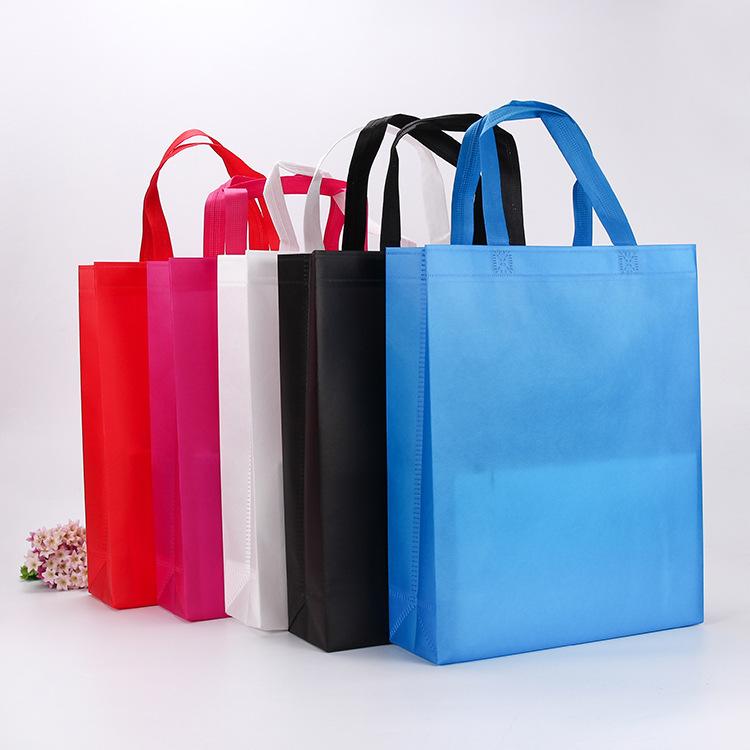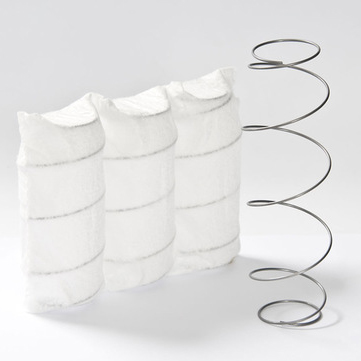Featured
Automatic Nesting Solution
Home
Application
Featured
-

China Wholesale Mask Nonwoven Fabric Factories - Home Textiles – Henghua
Product Detail 1.Non-woven fabric, also known as non-woven cloth, is composed of oriented or random fibers. It is called cloth because of its appearance and certain properties. 2.Spunbond non-woven fabric is a kind of non-woven fabric, which is made of polypropylene as raw material, polymerized into a net through high temperature drawing, and then bonded into a fabric by hot rolling. Spunbond non-woven fabric technology has always been to improve the capacity of the production line and solve ... -
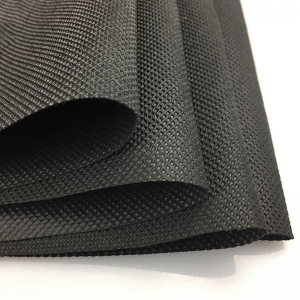
China Wholesale Plant Covers Freeze Protection Factory - Anti-static – Henghua
Product Detail Compared with woven fabrics, non-woven fabrics generally have a lower moisture regain and are prone to static electricity during production and use. Spark points generated by static electricity may cause explosions of certain flammable materials. Sparks and static electricity will occur when wearing nylon or woolen clothes in dry weather. This is basically harmless to the human body. However, on the operating table, electric sparks can cause anesthetic explosions and harm ... -
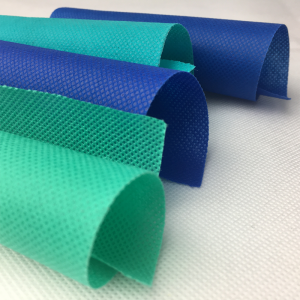
China Wholesale Tela Rollo Suppliers - Anti-bacterial – Henghua
Product Detail Anti-bacterial fabric, or called Antimicrobial fabric is designed to fight the growth of bacteria, mold, fungus, and other microbes. These microbe-fighting properties come from a chemical treatment, or antimicrobial finish, that is topically applied to textiles during the finishing stage, granting them the ability to inhibit microbial growth. What Is Antimicrobial Fabric? Antimicrobial fabric refers to any textile that protects against the growth of bacteria, mold, mildew,... -
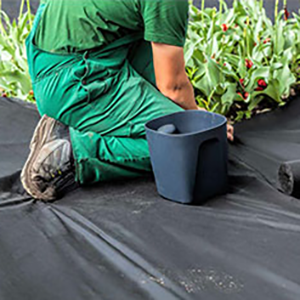
China Wholesale Polypropylene Spunbond Nonwoven Factories - Anti-UV – Henghua
Product Detail The 100% PP non woven fabric adopting new anti-UV PP, it has high UV and anti-aging properties. After directly adding raw materials, it can effectively prevent the surface of polypropylene non-woven fabric from darkening due to material aging. Pp Nonwoven fabric anti-UV range can be 1% -5%, the anti-aging period can be under the sunshine environment. for 1 -2 years. Anti-uv nonwoven fabrics Mainly used for agricultural cover / greening / fruit cover /weed control Non-wove... -

China Wholesale Fabric Wholesale Products - Flame retardant – Henghua
Product Detail Flame-retardant finishing is also called fireproof finishing. The finished fabric is not easy to burn and extinguishes fire. It is achieved by adding flame retardants. For flame retardants to be used on non-woven fabrics, they must meet the following conditions: ①Low toxicity, high efficiency and long-lasting, which can make the products meet the requirements of flame retardant standards; ②Good thermal stability, low smoke generation, and can meet the requirements of non-w... -

China Wholesale Nonwoven Fabric Pp Factories - Anti-static – Henghua
Product Detail Compared with woven fabrics, non-woven fabrics generally have a lower moisture regain and are prone to static electricity during production and use. Spark points generated by static electricity may cause explosions of certain flammable materials. Sparks and static electricity will occur when wearing nylon or woolen clothes in dry weather. This is basically harmless to the human body. However, on the operating table, electric sparks can cause anesthetic explosions and harm ... -
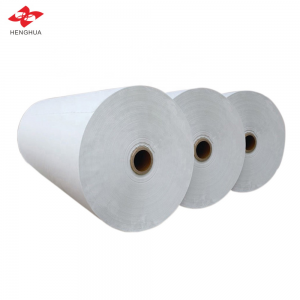
China Wholesale Tela Nonwoven Factory - Package & Cover – Henghua
This product is a kind of non woven fabric made of polypropylene as raw material, which is polymerized by high-temperature wire drawing to form a net, and then bonded into a cloth by hot rolling.Non woven fabric breaks through the traditional textile principle, and has short technological process, Fast production speed, high output, low cost, wide use, multiple sources of raw materials, etc. It is a new generation of environmentally friendly materials. It has the characteristics of moisture-p... -

China Wholesale Pp Fabric Quotes - Home Textiles – Henghua
Product Detail 1.Non-woven fabric, also known as non-woven cloth, is composed of oriented or random fibers. It is called cloth because of its appearance and certain properties. 2.Spunbond non-woven fabric is a kind of non-woven fabric, which is made of polypropylene as raw material, polymerized into a net through high temperature drawing, and then bonded into a fabric by hot rolling. Spunbond non-woven fabric technology has always been to improve the capacity of the production line and solve ... -

China Wholesale Notex Bag Suppliers - Anti-bacterial – Henghua
Product Detail Anti-bacterial fabric, or called Antimicrobial fabric is designed to fight the growth of bacteria, mold, fungus, and other microbes. These microbe-fighting properties come from a chemical treatment, or antimicrobial finish, that is topically applied to textiles during the finishing stage, granting them the ability to inhibit microbial growth. What Is Antimicrobial Fabric? Antimicrobial fabric refers to any textile that protects against the growth of bacteria, mold, mildew,... -

China Wholesale Raw Material Polypropylene Factory - Cross – Henghua
Product Detail Cross – weave non-woven fabric is the most popular grain type in addition to dot grain. This kind of grain is more beautiful and fashionable than dot grain. It is more suitable as a fabric to display on the outside of the product. Such as the fabric used to wrap flowers, such as non-woven tissue box, which is very common in China. PP non-woven fabric, full describe is polypropylene spunbond nonwoven fabric. It is the most environmentally friendly material products in... -

China Wholesale Manufacturer Pp Factory - Package & Cover – Henghua
This product is a kind of non woven fabric made of polypropylene as raw material, which is polymerized by high-temperature wire drawing to form a net, and then bonded into a cloth by hot rolling.Non woven fabric breaks through the traditional textile principle, and has short technological process, Fast production speed, high output, low cost, wide use, multiple sources of raw materials, etc. It is a new generation of environmentally friendly materials. It has the characteristics of moisture-p... -

China Wholesale Textile Fabric Wholesale Factories - Anti-static – Henghua
Product Detail Compared with woven fabrics, non-woven fabrics generally have a lower moisture regain and are prone to static electricity during production and use. Spark points generated by static electricity may cause explosions of certain flammable materials. Sparks and static electricity will occur when wearing nylon or woolen clothes in dry weather. This is basically harmless to the human body. However, on the operating table, electric sparks can cause anesthetic explosions and harm ...
Main applications
The main ways of using non-woven fabrics are given below
-

Phone
Tel
+86-591-28839008
-

E-mail
E-mail
manager@henghuanonwoven.com
-

Top

